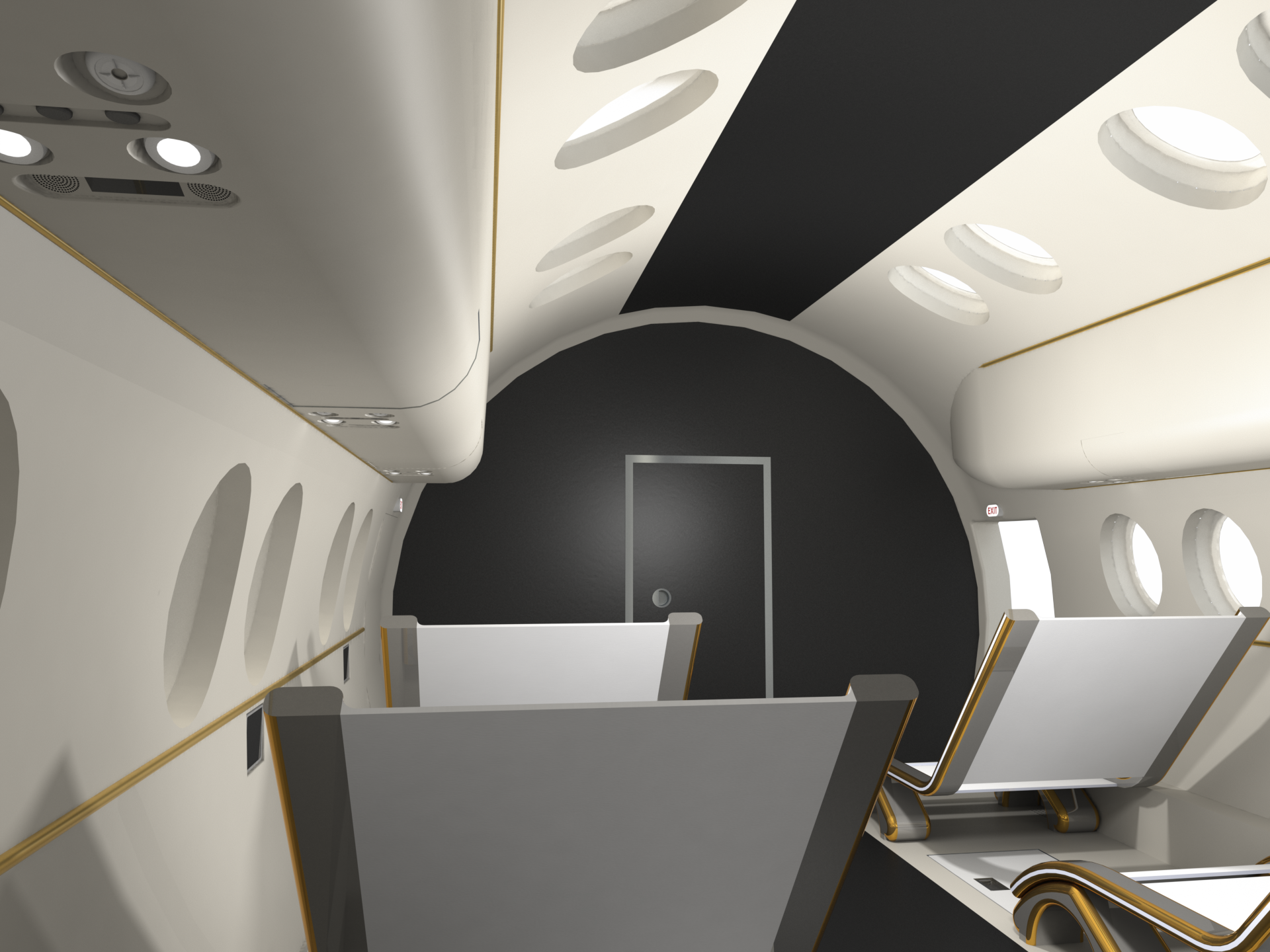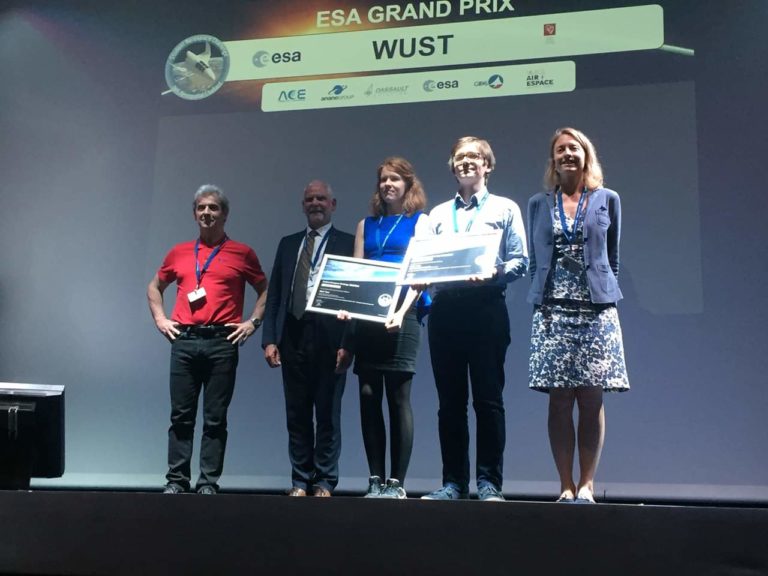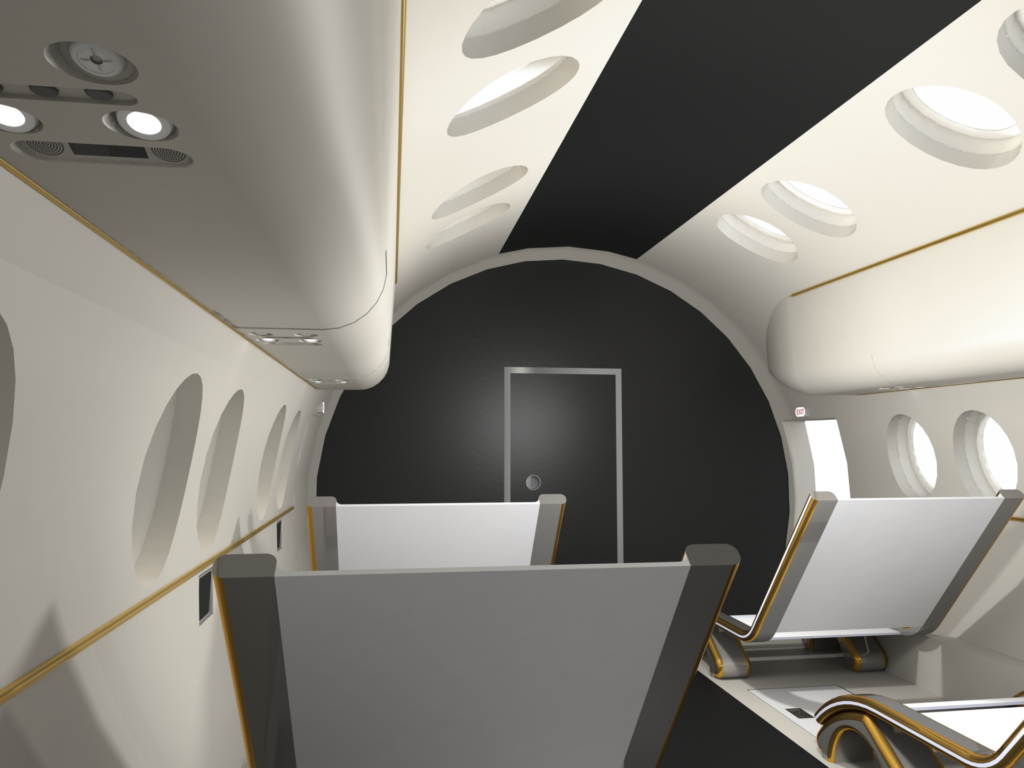
Poles return from Paris with ESA Grand Prix won in Student Aerospace Challenge
On June 6 in Paris, Wrocław students as the only team from Poland presented their project in the finals of the Student Aerospace Challenge competition, organized by The Astronaute Club Européen (ACE). Wroclaw students presented there a model of a 6-person crew cabin adapted to suborbital flights.

Although only a few hundred people have crossed the space border so far, space tourism is becoming an increasingly popular topic. The popularity of suborbital flights, which could revolutionize the way we think about transportation in the future, should come as no surprise.
What is that?
Suborbital flight is one type of spaceflight in which a launched vehicle (spacecraft) reaches space but, due to its trajectory, is unable to make a full orbital rotation. In the case of an Earth-launched object, once it exceeds a minimum of 100 km above sea level (the adopted Kármán line) it falls back to Earth.
Suborbital flights are much simpler to achieve than a flight to Mars or the Moon, require fewer resources and are associated with much less danger. At the same time, they allow you to cross the conventional space frontier, experience weightlessness and look down on our planet.
Crew cabin design
This year’s thirteenth edition of the competition attracted 36 teams from across Europe. Each team could choose one of 10 issues related to suborbital flights, including aircraft structure, propulsion and even legal aspects of such flights. Wroclaw group, consisting of 4 people – Beata Suścicka, Magdalena Kubajewska, Justyna Pelc and Piotr Torchala, dealt with issues related to the crew cabin and its equipment.
“The crew cabin is, in our opinion, the most interesting challenge because it requires a comprehensive approach. On the one hand, it must ensure safety, on the other hand, it must allow you to fully experience the possibilities offered by suborbital flights. If we add legal requirements, financial issues and clients’ expectations, the task becomes very difficult.” – says Piotr Torchała, designer in the Innspace team.
The group created a 3D model of the cabin, taking all aspects into account, and proposed elements for on-board systems (such as life support and in-flight entertainment systems).

The jury appreciated the project, citing thorough research and preparation, among other things. They awarded the team with the main prize – ESA Grand Prix. An additional prize is for the team to present their idea at the 17th Reinventing Space Conference in Belfast in November.

You can read more about suborbital flight itself in our article, available here.